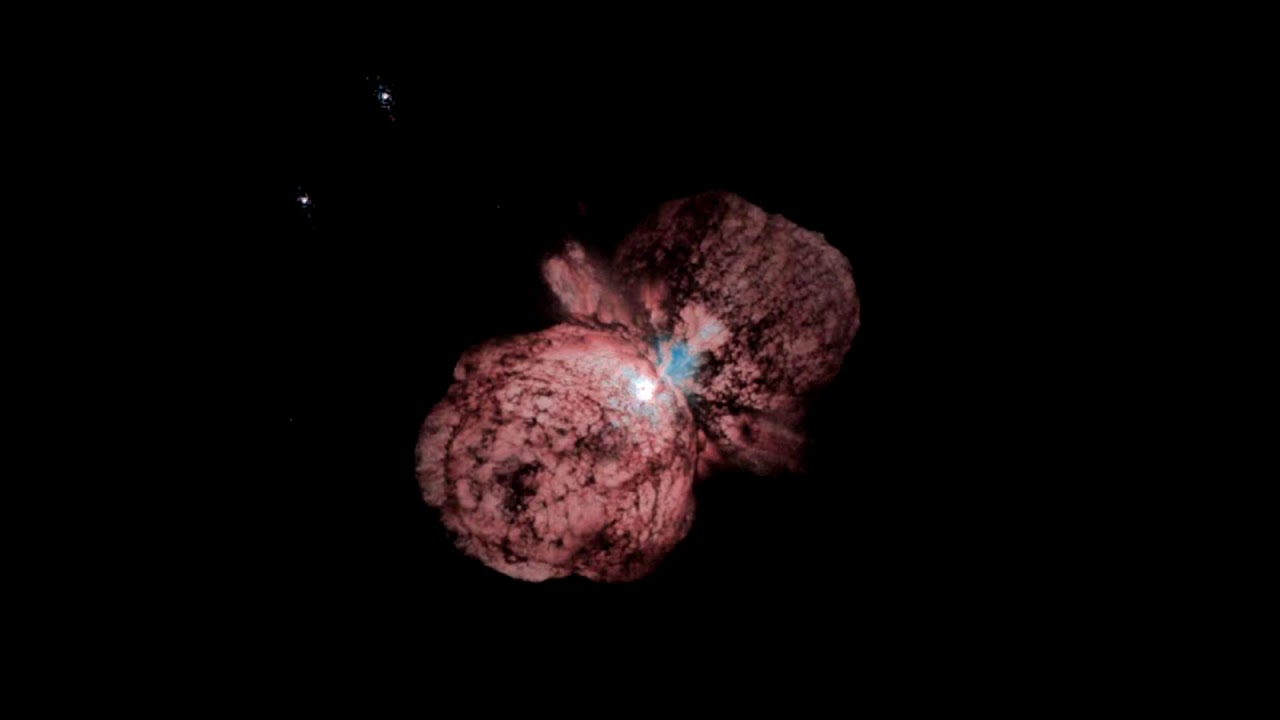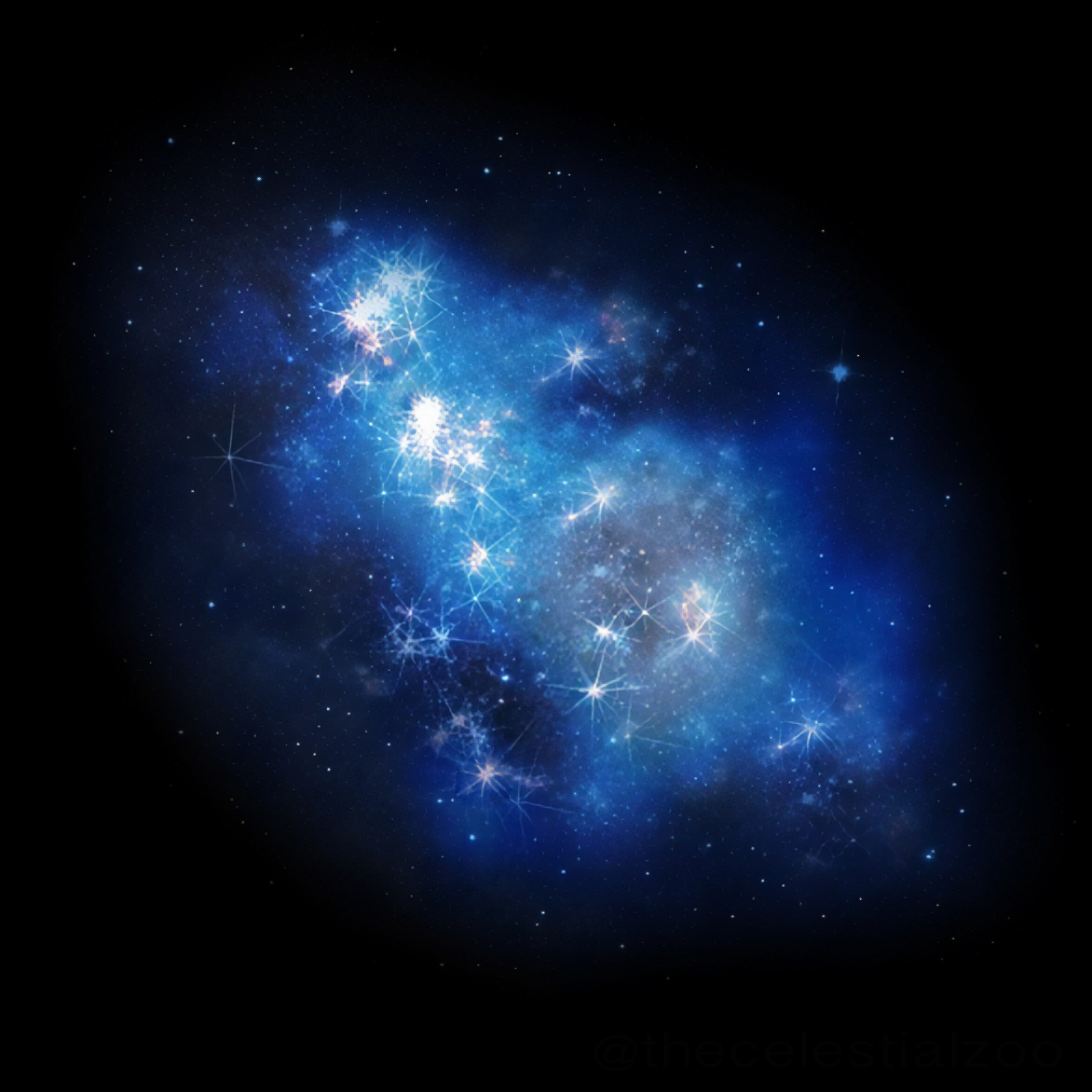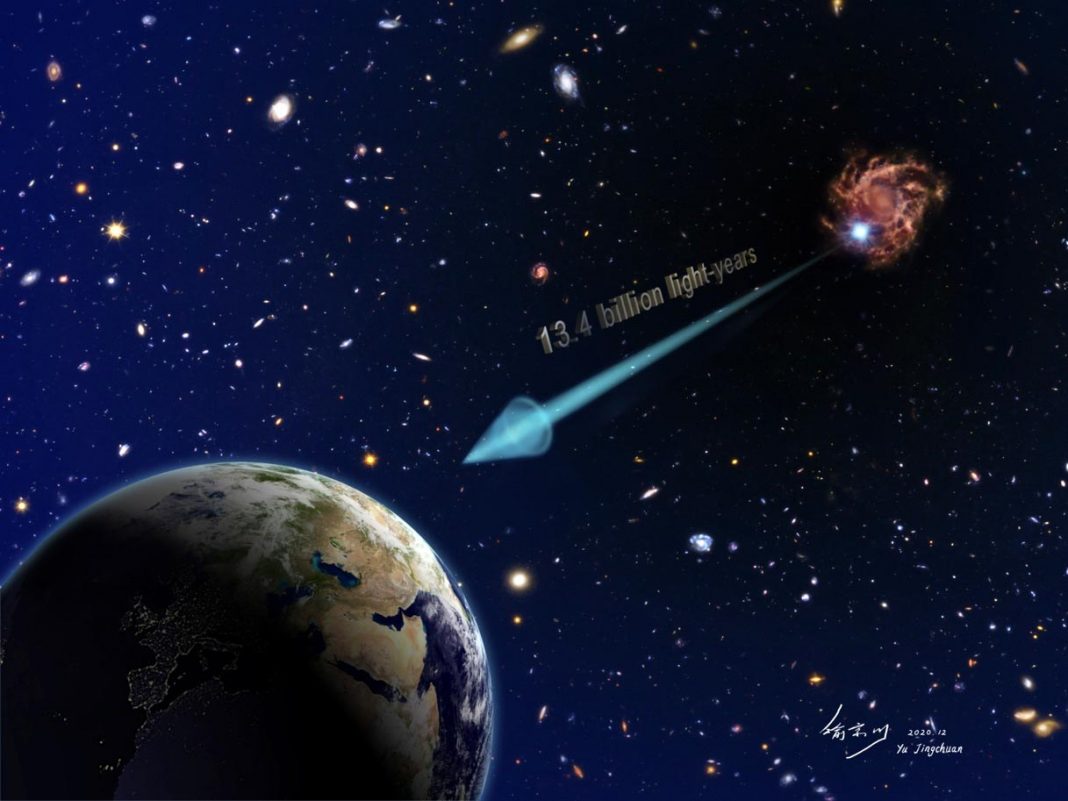“From previous studies, GN-z11 seems to be the farthest detectable galaxy from us, at 13.4 billion light-years,” said co-lead author Dr. Nobunari Kashikawa, an astronomer in the Department of Astronomy at the University of Tokyo and the Optical and Infrared Astronomy Division at the National Astronomical Observatory of Japan.
“But measuring and verifying such a distance is not an easy task.”
In their new study, Dr. Kashikawa and colleagues aimed to measure the redshift of GN-z11.

“Certain chemical signatures, called emission lines, imprint distinct patterns in the light from distant objects,” they explained.
“By measuring how stretched these telltale signatures are, we can deduce how far the light must have traveled, thus giving away the distance from the target galaxy.”
“We looked at ultraviolet light specifically, as that is the area of the electromagnetic spectrum we expected to find the redshifted chemical signatures,” Dr. Kashikawa added.
“The NASA/ESA Hubble Space Telescope detected the signature multiple times in the spectrum of GN-z11.”

“However, even Hubble cannot resolve ultraviolet emission lines to the degree we needed.”
Using near-infrared spectroscopic observations from the MOSFIRE spectrograph on the Keck I telescope at the W.M. Keck Observatory in Hawaii, the researchers found the redshift of GN-z11 to be z = 10.957.
“MOSFIRE captured the emission lines from GN-z11 in detail, which allowed us to make a much better estimation on its distance than was possible from previous data,” they said.
The results were published in the journal Nature Astronomy.















